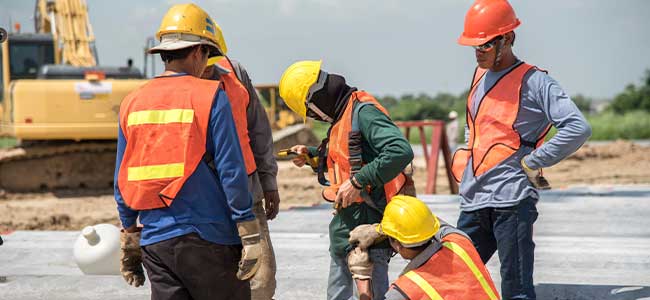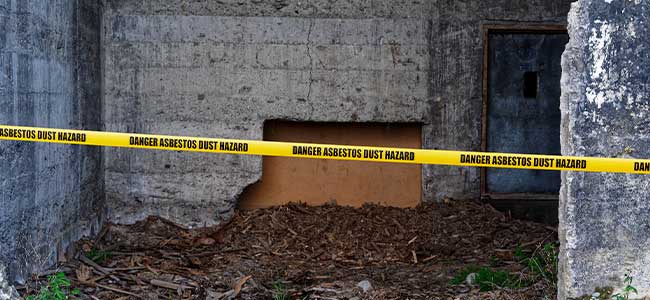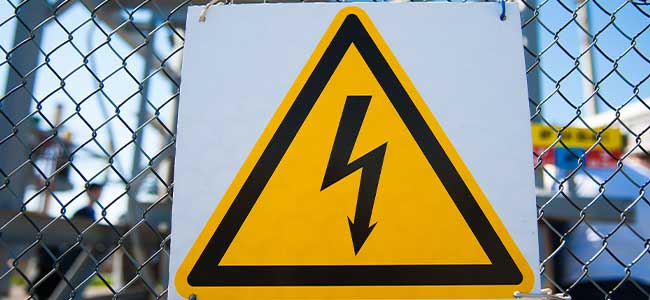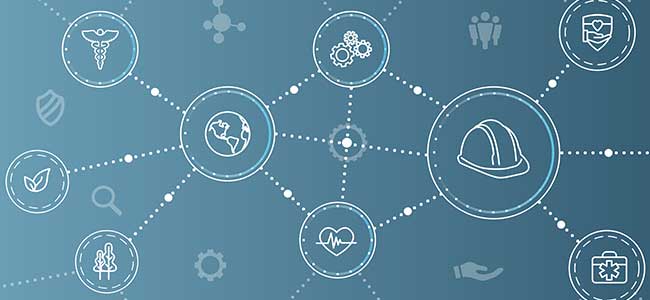
Guerrero Ag LLC was cited with two serious violations and proposed penalties of $30,651.

Allied Powder Coating faces a total of $338,094 in proposed penalties.

NOR-D LLC faces $61,065 in proposed penalties following the death of a 54-year-old worker.

California workplaces will soon be required to stock opioid overdose reversal medication and provide training.

The agency inspected 15 mines, finding 62 significant and substantial violations.

The study shows increased acceptance but highlights barriers to widespread adoption.

The deadline to submit applications for these MSHA grants is August 20, 2024.

The state's ergonomics program went into effect in early 2024.

Implementing essential workplace safety standards is crucial for preventing accidents, ensuring compliance with regulations, and safeguarding employees' health and well-being.

Indoor air quality monitoring, through effective sampling protocols and data analysis, is crucial for identifying and mitigating hazardous pollutants in the workplace.

Integrating comprehensive safety strategies into the design and planning phases of construction projects is crucial to protecting workers and minimizing hazards.

Ensuring strict adherence to OSHA guidelines at loading docks is essential to prevent accidents, protect employee well-being, and avoid significant legal, financial, and reputational consequences.

A century after doctors first warned that asbestos was harming employees, the malignant mineral poses ongoing risks.

Implementing effective electrical safety strategies is crucial for protecting workers and maintaining operational integrity in industrial environments.

Workplace safety is crucial for protecting employees, enhancing productivity, boosting morale and driving financial benefits through reduced accidents and improved company reputation.

The organization teamed with global technology firm SafetyCulture on this effort.

Doskocil Manufacturing Inc. received one willful violation and eight serious violations, totaling $278,851 in proposed penalties.